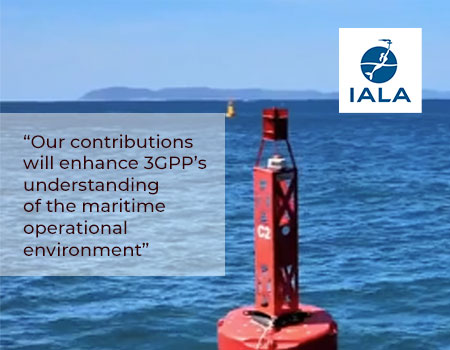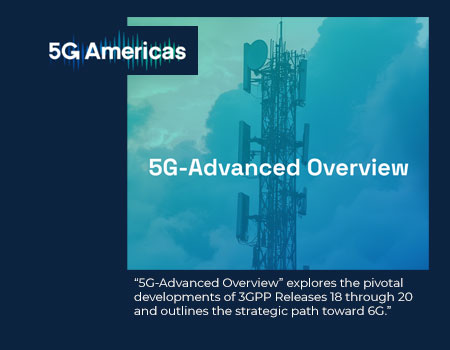DC-HSPA+ brings 42 Mbps to 39 networks
Jul 20,2011
A recent press release from the GSA heralds a large increase in 42 Mbps DC-HSPA+ deployments. The use of Dual-Cells (or Carriers) to increase data speeds is proving to be a huge success.
There are currently 410 commercial HSPA operators in 162 countries and a clear pattern is emerging that those networks are being upgraded along a highly successful HSPA evolutionary path which then leads to a timely LTE migration.
Alan Hadden, President of the GSA said: “HSPA+ and LTE are complementary 3GPP technologies, and this is demonstrated by the market reality. Analysis of GSA’s data confirms that two-thirds of DC-HSPA+ network operators have also firmly committed to commercial LTE network deployments.”
20/7/2011:
GSA confirms 70% jump in 42 Mbps DC-HSPA+ network deployments over past 3 months
New data released by GSA, the Global mobile Suppliers Association, confirms how operators are quickly upgrading to HSPA+ systems, and to dual cell HSPA+ technology (DC-HSPA+) in particular, to enhance mobile broadband network performance, capacity and efficiencies, and to improve the user experience. GSA’s latest Global HSPA+ Network Commitments and Deployments report confirms that 39 commercial DC-HSPA+ networks have been launched, an increase of 70% compared to the figure reported three months earlier. At least another 26 DC-HSPA+ networks are in deployment or planned.
DC-HSPA+ systems combine 64QAM modulation and double the bandwidth by using dual carriers (2×5 MHz = 10 MHz). This capability was introduced by 3GPP in the Release 8 specifications, and enables a theoretical peak downlink data throughput capability of 42 Mbps. For the uplink, using 16 QAM instead of QPSK modulation makes it possible to double the peak rate to 11.5 Mbps. DC-HSPA+ further extends the uplink performance up to 23 Mbps peak.
There are now 410 commercial HSPA operators, confirming that every WCDMA operator worldwide has implemented and commercially launched HSPA on their networks. Since its first commercial launch in February 2009, HSPA+ (HSPA Evolved) has become a mainstream technology. A total of 193 operators have committed to HSPA+ network deployments in 83 countries. 136 HSPA+ systems have been commercially launched in 69 countries, meaning that 1 in 3 HSPA operators have now deployed HSPA+ on their networks.
Alan Hadden, President of the GSA said: “HSPA+ and LTE are complementary 3GPP technologies, and this is demonstrated by the market reality. Analysis of GSA’s data confirms that two-thirds of DC-HSPA+ network operators have also firmly committed to commercial LTE network deployments.”
HSPA and HSPA+ deployments status – global:
GSA has raised its market outlook and forecasts there will be at least 170 commercial HSPA+ systems in operation by end of 2011 (from 136 today).
There are currently 410 commercial HSPA operators in 162 countries and a clear pattern is emerging that those networks are being upgraded along a highly successful HSPA evolutionary path which then leads to a timely LTE migration.
Alan Hadden, President of the GSA said: “HSPA+ and LTE are complementary 3GPP technologies, and this is demonstrated by the market reality. Analysis of GSA’s data confirms that two-thirds of DC-HSPA+ network operators have also firmly committed to commercial LTE network deployments.”
- -----------------------------------
Full text of the GSA Press release
Full text of the GSA Press release
20/7/2011:
GSA confirms 70% jump in 42 Mbps DC-HSPA+ network deployments over past 3 months
New data released by GSA, the Global mobile Suppliers Association, confirms how operators are quickly upgrading to HSPA+ systems, and to dual cell HSPA+ technology (DC-HSPA+) in particular, to enhance mobile broadband network performance, capacity and efficiencies, and to improve the user experience. GSA’s latest Global HSPA+ Network Commitments and Deployments report confirms that 39 commercial DC-HSPA+ networks have been launched, an increase of 70% compared to the figure reported three months earlier. At least another 26 DC-HSPA+ networks are in deployment or planned.
DC-HSPA+ systems combine 64QAM modulation and double the bandwidth by using dual carriers (2×5 MHz = 10 MHz). This capability was introduced by 3GPP in the Release 8 specifications, and enables a theoretical peak downlink data throughput capability of 42 Mbps. For the uplink, using 16 QAM instead of QPSK modulation makes it possible to double the peak rate to 11.5 Mbps. DC-HSPA+ further extends the uplink performance up to 23 Mbps peak.
There are now 410 commercial HSPA operators, confirming that every WCDMA operator worldwide has implemented and commercially launched HSPA on their networks. Since its first commercial launch in February 2009, HSPA+ (HSPA Evolved) has become a mainstream technology. A total of 193 operators have committed to HSPA+ network deployments in 83 countries. 136 HSPA+ systems have been commercially launched in 69 countries, meaning that 1 in 3 HSPA operators have now deployed HSPA+ on their networks.
Alan Hadden, President of the GSA said: “HSPA+ and LTE are complementary 3GPP technologies, and this is demonstrated by the market reality. Analysis of GSA’s data confirms that two-thirds of DC-HSPA+ network operators have also firmly committed to commercial LTE network deployments.”
HSPA and HSPA+ deployments status – global:
- 446 HSPA operator commitments in 170 countries
- 410 commercial HSPA operators in 162 countries
- Includes 136 commercial HSPA Evolution (HSPA+) networks launched in 69 countries
- 33% of HSPA operators have commercially launched HSPA+
- 89 commercial HSPA+ networks support a peak downlink data speed of 21 Mbps
- 8 commercial HSPA+ networks support a peak downlink data speed of 28 Mbps
- 39 commercial networks support DC-HSPA+ for a peak downlink data speed of 42 Mbps
- Uplink speeds also increasing: 40% of HSPA operators have launched HSUPA
- At least 92 HSUPA networks (over 55%) support 5.8 Mbps peak uplink data speed; another 9 networks support 11.5 Mbps peak
GSA has raised its market outlook and forecasts there will be at least 170 commercial HSPA+ systems in operation by end of 2011 (from 136 today).
- -------------------------
- Full details about this press announcement and about HSPA and LTE network commitments, deployments, and commercial launches are contained in the GSA reports, which are available to registered site users as free downloads from


 Partners News
Partners News 




